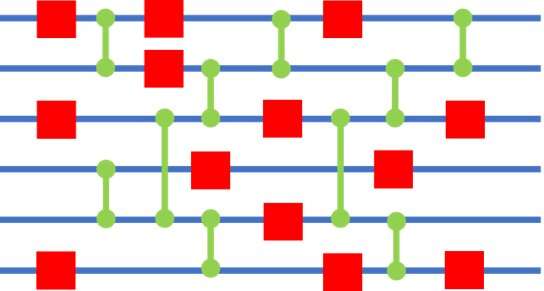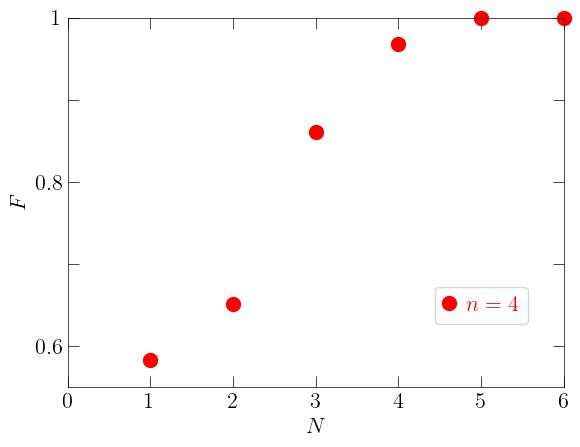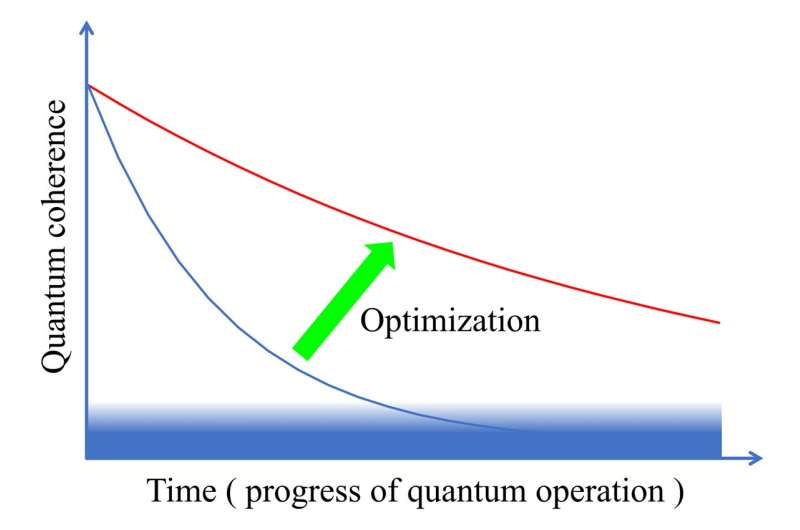New method to systematically find optimal quantum operation sequences for quantum computers

Japan's National Institute of Information and Communications Technology, Keio University, Tokyo University of Science and The University of Tokyo succeeded for the first time in developing a method for systematically finding the optimal quantum operation sequence for a quantum computer.
In order for a quantum computer to perform a task, one needs to write a sequence of quantum operations. Until now, computer operators have written their own quantum operation sequences based on existing methods (recipes). What has been developed this time is a systematic method that applies optimal control theory (GRAPE algorithm) to identify the theoretically optimal sequence from among all conceivable quantum operation sequences.
This method is expected to become a useful tool for medium-scale quantum computers and is expected to contribute to improving the performance of quantum computers and reducing environmental impact in the near future.
This study was published in Physical Review A.
Quantum computers, which are currently under development, are expected to have a major impact on society. Their benefits include reducing the environmental burden by reducing energy consumption, finding new chemical substances for medical use, and accelerating the search for materials for a cleaner environment.
One of the big problems for quantum computers is that the quantum state is very sensitive to noise, so it is difficult to maintain it stably for a long time (maintaining a coherent quantum state). In order to obtain the best performance, it is necessary to complete the operations within the time that the coherent quantum state is maintained. There was a need for a method to systematically identify the optimal sequences.

Achievements
The research team has developed a systematic method to identify the optimal quantum operation sequence.
When a computer stores and processes information, all information is converted to a string of bits with values of 0 or 1. A quantum operation sequence is a computer program written in a human-readable language that is converted so that it can be processed by a quantum computer. The quantum operation sequence consists of 1-qubit operations and 2-qubit operations. The best sequence is the one with the fewest operations and shows the best performance.
The new method analyzes all possible sequences of elementary quantum operations using a computational algorithm called GRAPE, a numerical optimal control theory algorithm. Specifically, it creates a table of quantum operation sequences and the performance index (fidelity F) for each sequence, ranging from thousands to millions, depending on the number of qubits and the number of operations under investigation. The optimal quantum operation sequence is systematically identified based on the accumulated data.
It is also possible for the new method to analyze the complete list of all quantum operation sequences and evaluate conventional recipes. As such, it can provide a valuable tool for establishing benchmarks for past and future research on the performance of few-qubit quantum algorithms.

Future prospects
The systematic method to find the optimal quantum operation sequence for quantum computers is expected to become a useful tool for medium-scale quantum computers. In the near future, it is expected to improve the performance of quantum computers and contribute to reducing the burden on the environment.
The team also found that there are many optimal sequences of quantum operations that are excellent. This means that a probabilistic approach could extend the applicability of this new method to larger tasks. Approaches based on analyzing large datasets suggest the possibility of integrating machine learning with this new method to further enhance the predictive power. In the future, the research team will apply the results obtained this time to the optimization of tasks obtained from actual quantum algorithms.
More information: Sahel Ashhab et al, Numerical analysis of quantum circuits for state preparation and unitary operator synthesis, Physical Review A (2022). DOI: 10.1103/PhysRevA.106.022426
Journal information: Physical Review A
Provided by National Institute of Information and Communications Technology (NICT)




















